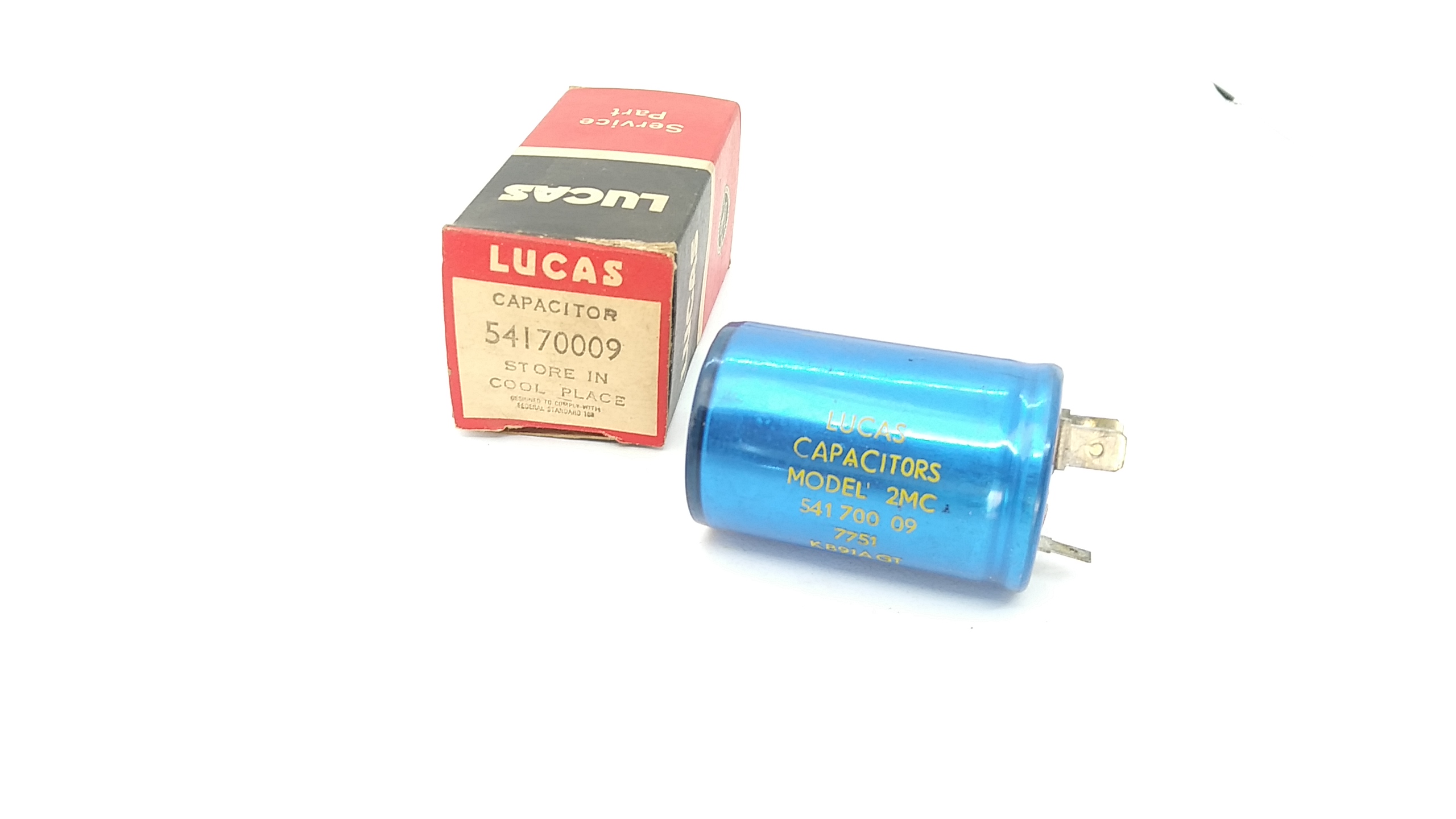The thought was , sorta , With modern componentry , ' would down the lines power ' work , for F2B / P. A. , these days .
Id meant to mention ' capacitor ' . These things are supposed to mean you dont need a battery in the thing .

With this one , Its like I read " were you educated at Eaton " ?
reply " That would be a matter of opinion " .


Most of this English Rubbish WASNT , if treated with respect . But seven kicks to restart stalling at the lights in traffic , might give you doubts . Usually one or two did it .
THEREFORE , What would we need , to have the battery at the pilot , and have the lines not melt. Or is it still impractable , for competition use . ?

thanks .
The pictures are merely illustrative , modern transisterised rectifiers & capacitors , and presumeably what ever else required , are miniturised & more durable .
